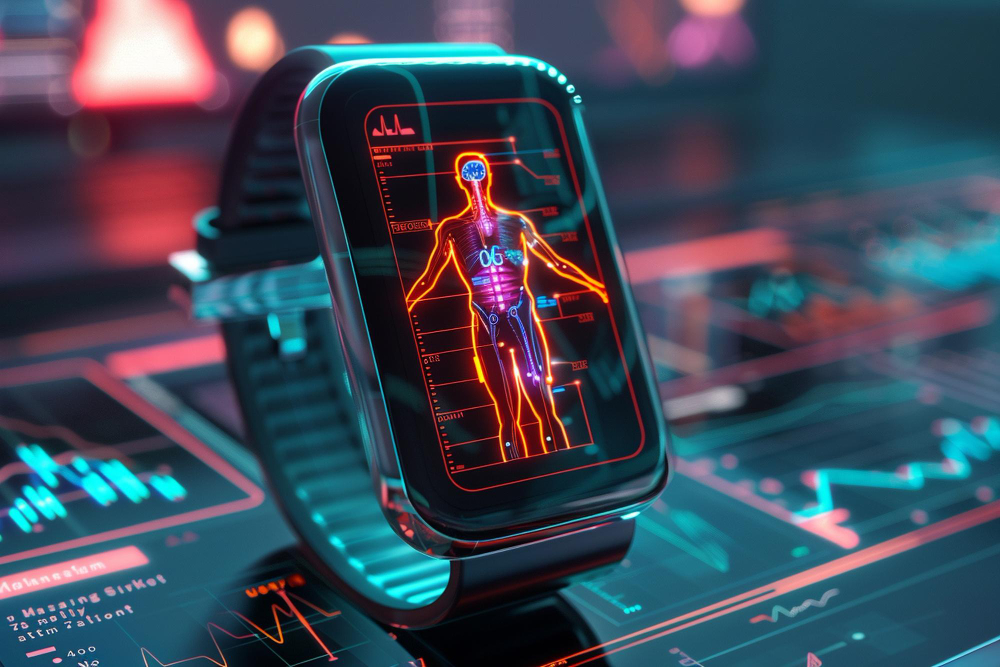
The Importance of Healthcare Wearables: Trends and Innovations
Healthcare wearables have gained significant traction in recent years, revolutionizing how individuals monitor their health and manage chronic conditions. These devices, ranging from fitness trackers to advanced medical monitors, are changing the landscape of personal health management and patient care.
What are Healthcare Wearables?
Healthcare wearables are electronic devices that can be worn on the body to track various health metrics. They monitor parameters such as heart rate, physical activity, sleep patterns, and even blood glucose levels. The data collected can be shared with healthcare providers, enabling more personalized care.
Benefits of Healthcare Wearables
- Continuous Monitoring: Wearables provide real-time data on health metrics, allowing for continuous monitoring of chronic conditions and overall health.
- Enhanced Patient Engagement: Patients become more engaged in their health management by actively tracking their metrics and setting personal health goals.
- Early Detection of Health Issues: Wearables can alert users and healthcare providers to potential health issues, enabling early intervention.
- Improved Communication with Providers: Data collected from wearables can be shared with healthcare professionals, facilitating more informed discussions during appointments.
- Cost Savings: By promoting preventive care and early intervention, wearables can help reduce healthcare costs associated with chronic disease management.
Current Trends in Healthcare Wearables
- Integration with Mobile Health Apps: Many wearables now connect with mobile apps, providing users with a comprehensive view of their health data.
- Advancements in Sensor Technology: New sensors are being developed to monitor a wider range of health metrics, including blood pressure and oxygen saturation.
- Focus on Mental Health: Wearables are increasingly incorporating features to monitor mental health, such as stress levels and sleep quality.
- Regulatory Approvals: More wearables are receiving regulatory approval as medical devices, expanding their use in clinical settings.
Challenges in Healthcare Wearables
- Data Privacy and Security: Ensuring the security of sensitive health data is critical, as breaches can compromise patient privacy.
- Accuracy and Reliability: The accuracy of wearable devices can vary, and users must be educated on their limitations.
- User Adoption: Some individuals may be hesitant to adopt new technologies or may struggle with usability.
- Integration with Healthcare Systems: Ensuring that wearable data can be easily integrated into electronic health records (EHRs) is essential for effective use in clinical practice.
Case Study: Successful Implementation of Wearables
A pilot program at the University of California, San Francisco, utilized wearables to monitor heart failure patients. The results showed a 30% reduction in hospital readmissions and improved patient engagement in their care plans.
Future Innovations in Healthcare Wearables
- AI Integration: The incorporation of artificial intelligence can enhance data analysis, providing personalized insights for users.
- Wearable Drug Delivery Systems: Future wearables may include drug delivery mechanisms, allowing for real-time medication administration based on monitored metrics.
- Enhanced User Interfaces: More intuitive designs and user-friendly interfaces will encourage broader adoption among diverse populations.
- Telehealth Integration: Wearables will increasingly be integrated into telehealth platforms, facilitating remote monitoring and consultations.
Conclusion
Healthcare wearables are transforming how individuals manage their health and interact with healthcare providers. As technology continues to advance, the potential for wearables to enhance patient care and improve health outcomes is immense. By addressing challenges and embracing innovations, healthcare professionals can leverage wearables to provide more personalized and effective care.
